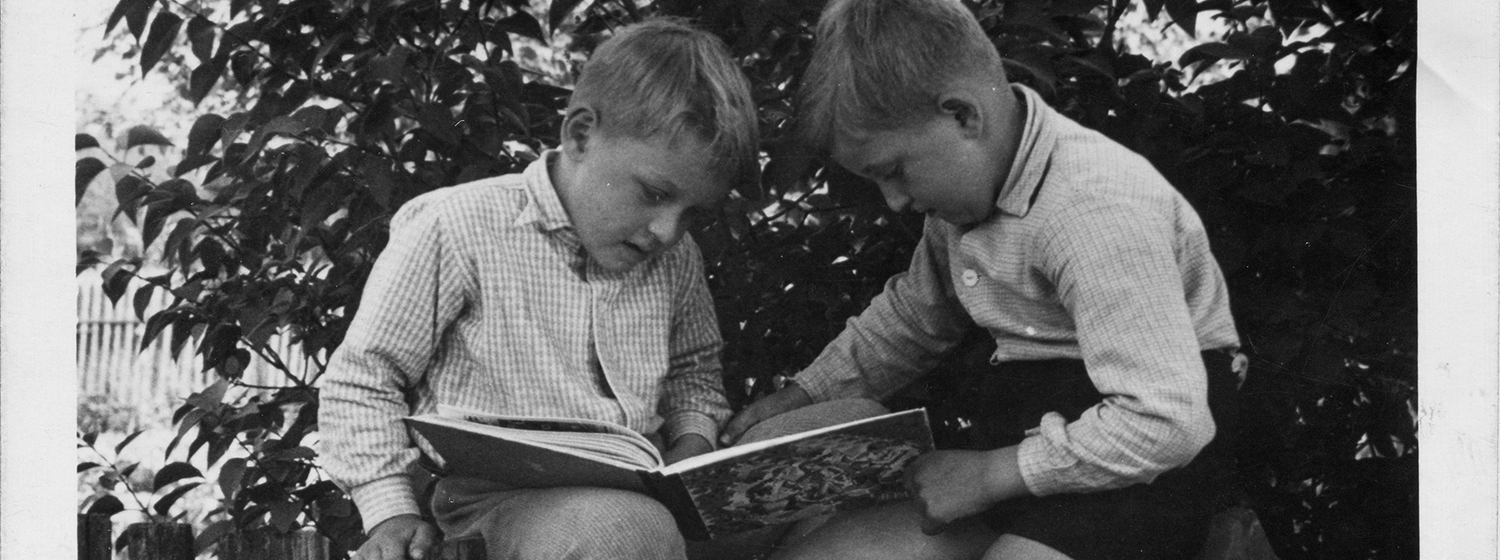We know storytelling technology shapes and enhances the stories we tell. One of those technologies is Twitter. While it might seem impossible to tell a meaningful story in 140 characters or less, Twitter is an incredibly engaging platform that connects people-to each other and to the most talked-about topics of the day. Ignoring the storytelling potential of such a tool would be a mistake.
How to use Twitter as a Storytelling Device
First, it is possible to tell a story in just a few words. Jokes are some of the shortest, most memorable stories out there. Perhaps more appropriate for business settings, however, are taglines, compelling headlines, or concise introductions to longer bits of content you post elsewhere. You might be the character in the story, or you might be the narrator.
Of course, you’re not limited to just 140 characters. Use five or 10 tweets or more to get your story across. (A recent Twitter Fiction Festival showcased just how much storytelling is possible via the platform.) Tweet images and video to support your message. A picture, as they say, is worth way more than 140 characters. Candid snapshots or video testimonials from your annual conference can do some heavy lifting to generate buzz and boost attendance at future events.
What Others are Saying
The other side of Twitter is what your members are tweeting about you. While you can’t control the stories they tell, you can create situations that encourage storymaking and the resulting storytelling. This third party endorsement from happy members is priceless marketing.
And don’t forget that Twitter is a connectivity tool. There is no limit to the amount of content you can link to-blog posts, web sites, video content, other organizations, you name it-all available quickly, all keyword searchable. Find out what everyone is talking about, and get in on the conversation using hashtags and handles that link you to the bigger picture.
Make a Mosaic
Twitter as a storytelling format is something of a mosaic. Each tiny tweet works independently to tell your story.
When combined they create the bigger brand picture that makes your audience feel connected, inspired, and moved to action.
Remember that the brain is hardwired for storytelling. The question isn’t “How can I possibly tell a story in 140 characters?” It is “What story can I tell using 140 characters?”
Share this post in LinkedIn:
NOT ANOTHER SNOOZELETTER.
SIGN UP. BE INSPIRED.